Posted On:
18 NOV 2025 10:08PM by PIB Delhi
The Indian National Trust for Art and Cultural Heritage (INTACH) is proud to announce the launch of Project Gaja-Lok: Elephant Lands and their Cultural Symbolism in Asia, a pioneering transnational initiative. This culture-nature programme is dedicated to documenting and exploring the profound connections surrounding the Asian elephant, highlighting intertwined narratives of culture, history, ecology, and climate resilience across the continent.
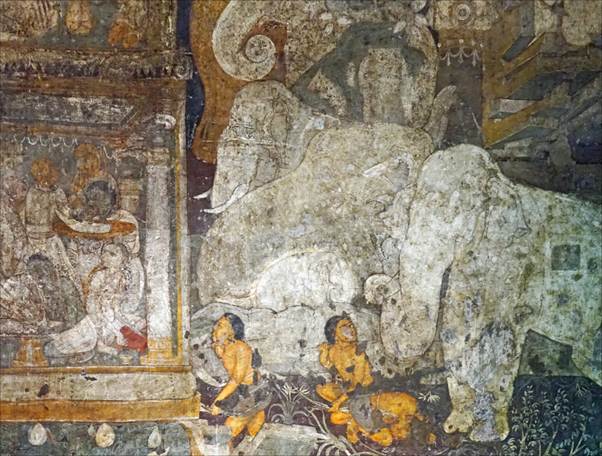
Figure 1: Elephant mural in the caves of Ajanta, Aurangabad, Maharashtra
Project Gaja-Lok will officially commence with a public Exhibition from 19th to 25th November 2025 and a Roundtable on 20th November 2025 at INTACH, New Delhi. These events, organized by the Intangible Cultural Heritage (ICH) Division, will bring together academicians, cultural experts, and conservationists to initiate a multi-country dialogue, positioning the elephant as both a revered cultural icon and a living emblem of ecological resilience.
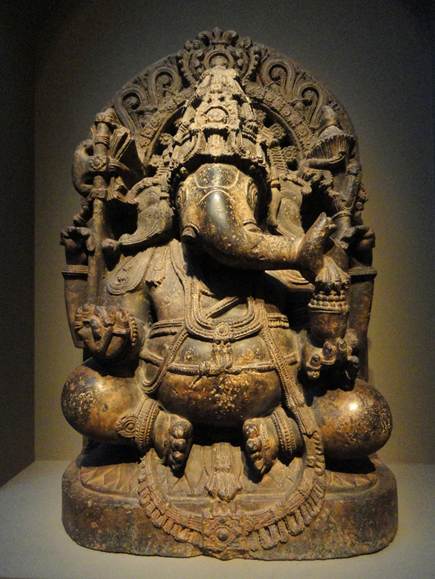
Figure 2: Statue of Ganesha from Mysore (c. 13th century), Arthur M. Sackler Gallery, Washington DC, USA
For millennia, elephants have walked alongside humans, shaping art, spirituality, and daily life across Asia. From the verses of the Arthaśāstra to the spiritual symbolism of Buddhist and Jain traditions, and from the royal courts of India to temples across Southeast Asia, they have endured as symbols of power, wisdom, and cosmic harmony.

Figure 3: Standing Ganesha, pre-Angkor period (second-half of the 7th century), Cambodia
The Gaja-Lok Exhibition traces this magnificent journey, showcasing the elephant's role through artifacts ranging from ancient Indus Valley seals and Bharhut railings to the majestic statues of Konark Temple. The displays reveal how elephants have shaped the spiritual, artistic, and political life of civilizations.
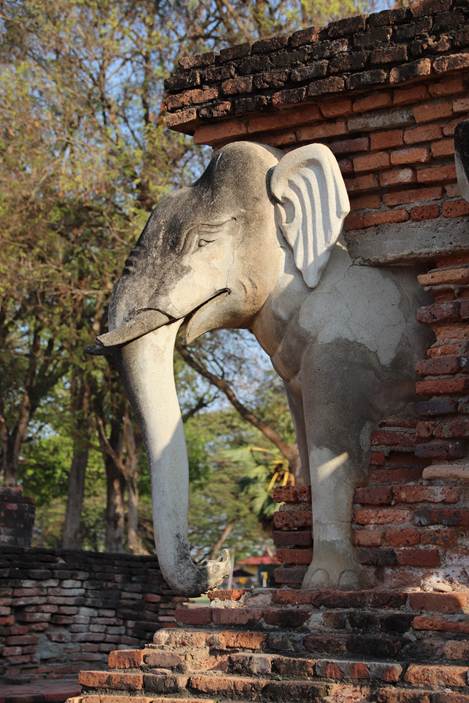
Figure 4: 13th Century Thai City of Sukhothai- Wat Sorasak Elephant, Sukhothai Historical Park, Mueang Kao, Thailand
The Gaja-Lok Roundtable (Nov 20) will foster collaborative research by addressing critical themes: human-elephant interactions through history, contemporary ecological challenges, the ethics of coexistence, and the future of cross-border heritage collaboration.

Figure 5: Treatise on Elephants, Rattanakosin period (c. 1824), Thailand
Gaja-Lok is more than a cultural programme; it is a reminder that the story of elephants is inseparable from our own. This initiative bridges past and future, art and environment, inspiring a shared commitment to conservation and cultural heritage.

Figure 6: Nava Nari Kunjara, the Nine Women Elephant, Sri Lanka
Project Gaja-Lok aims to honour one of Asia's most enduring relationships: the sacred bond between humans and elephants.
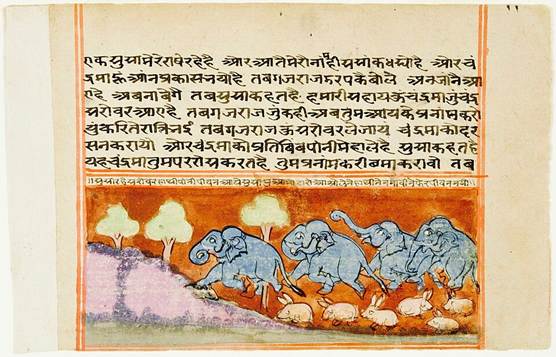
Figure 7: 18th century Panchatantra manuscript page, The Elephants Trample the Hares

Figure 8: Akbar's Adventures with the Elephant Hawa'i in 1561
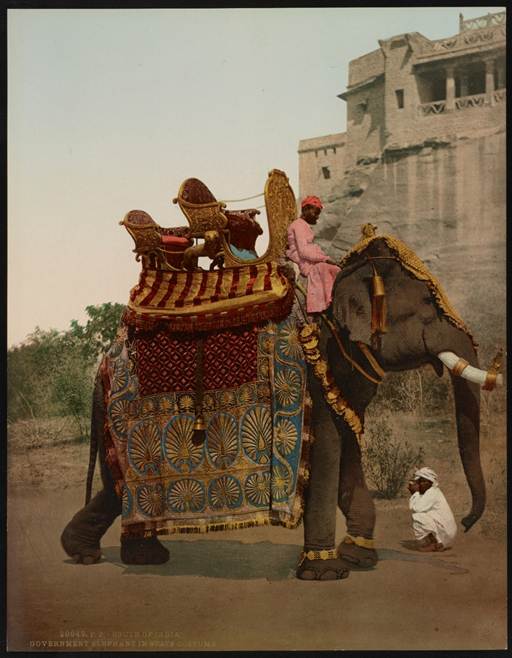
Figure 9: Government Elephant in State Costume, South India, 1890
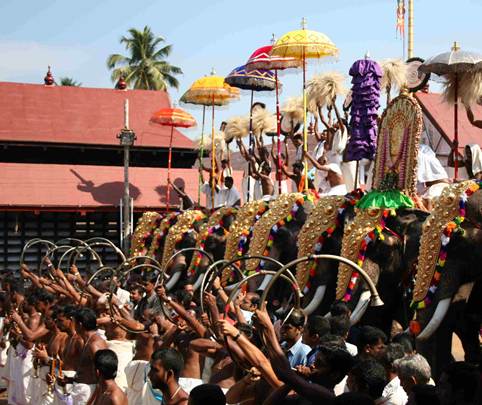
Figure 10: Caparisoned elephants and Panchari Melam performance during Sree Poornathrayesa temple festival, Thrippunithura, Kerala

Figure 11: An elephant involved in a parade in Charbhuja, Garhbor, Kumbhalgarh, Rajasthan

Figure 12: Gajalakshmi (c. 2nd - 1st century BCE), Bharhut Railing, Madhya Pradesh, Bharhut Gallery, Indian Museum, Kolkata

Figure 13: Konark War Elephant Statue (c. 13th century), Konark Temple, Puri, Odisha

Figure 14: Gajasimha, Gwalior Fort, Gwalior, Madhya Pradesh
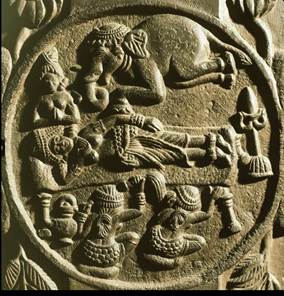
Figure 15: Pillar Medallion portraying Mayadevi’s dream of a Celestial Elephant, attended by three Royal Chamber Maids, Bharhut Gallery, Indian Museum, Kolkata

Figure 16: Elephant Seal, Harappa, National Museum, Delhi

Figure 17: Elephant at Bardiya National Park, Nepal
The Indian National Trust for Art and Cultural Heritage (INTACH) is a non-profit organization dedicated to conservation and preservation of India's natural, cultural, living, tangible, and intangible heritage.
To mark the occasion, INTACH is also organising a series of talks from 19-25th November by noted authority on the Asian elephant, Prof Raman Sukumar (20th November), Mr Vivek Menon, Chair of the Species Survival Commission, IUCN and Co-Founder of WTI (21st November), Prof Pratyay Nath (19th November), and Dr Archana Shastri (25th November).
****
Sunil Kumar Tiwari
pibculture[at]gmail[dot]com